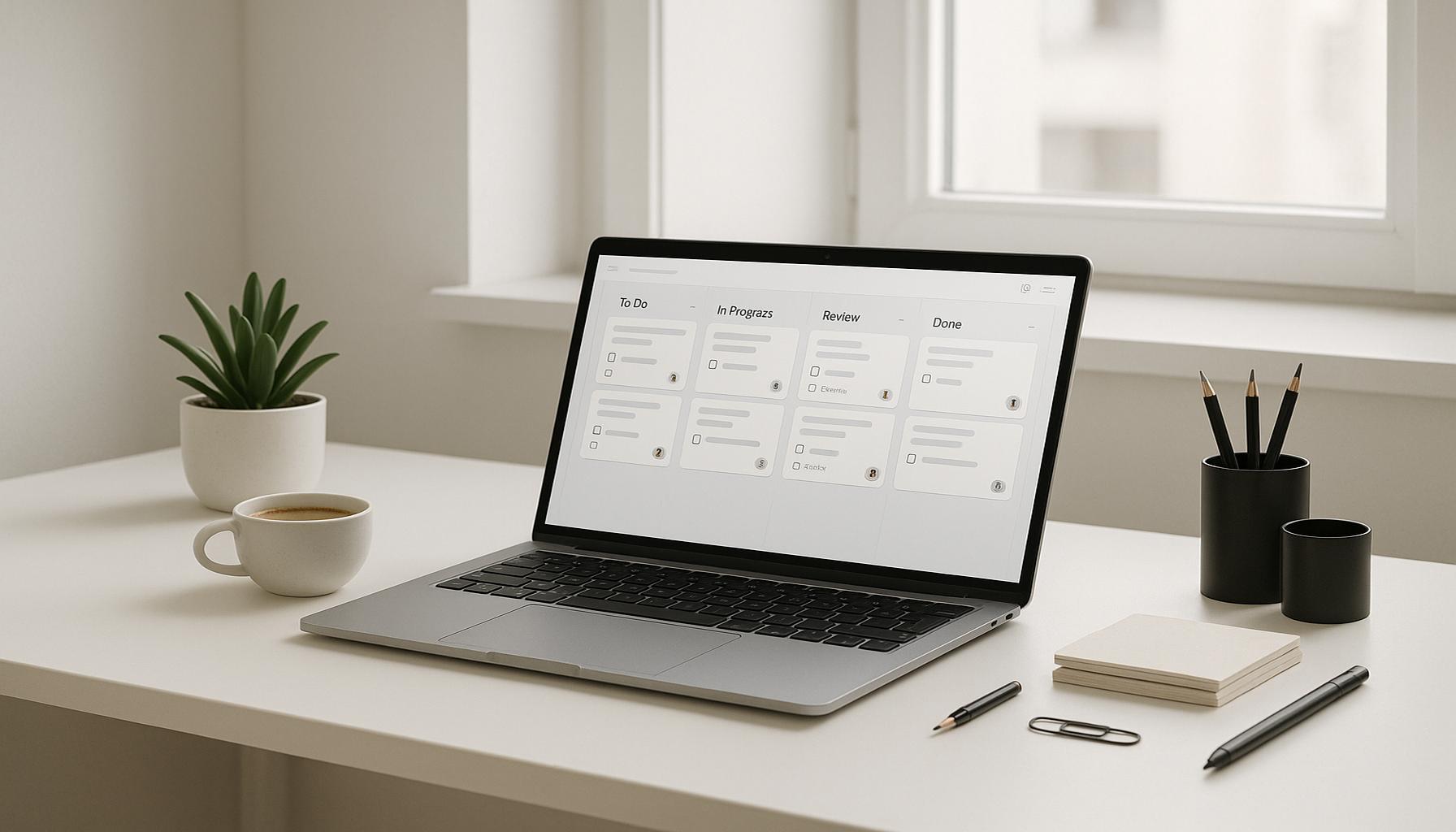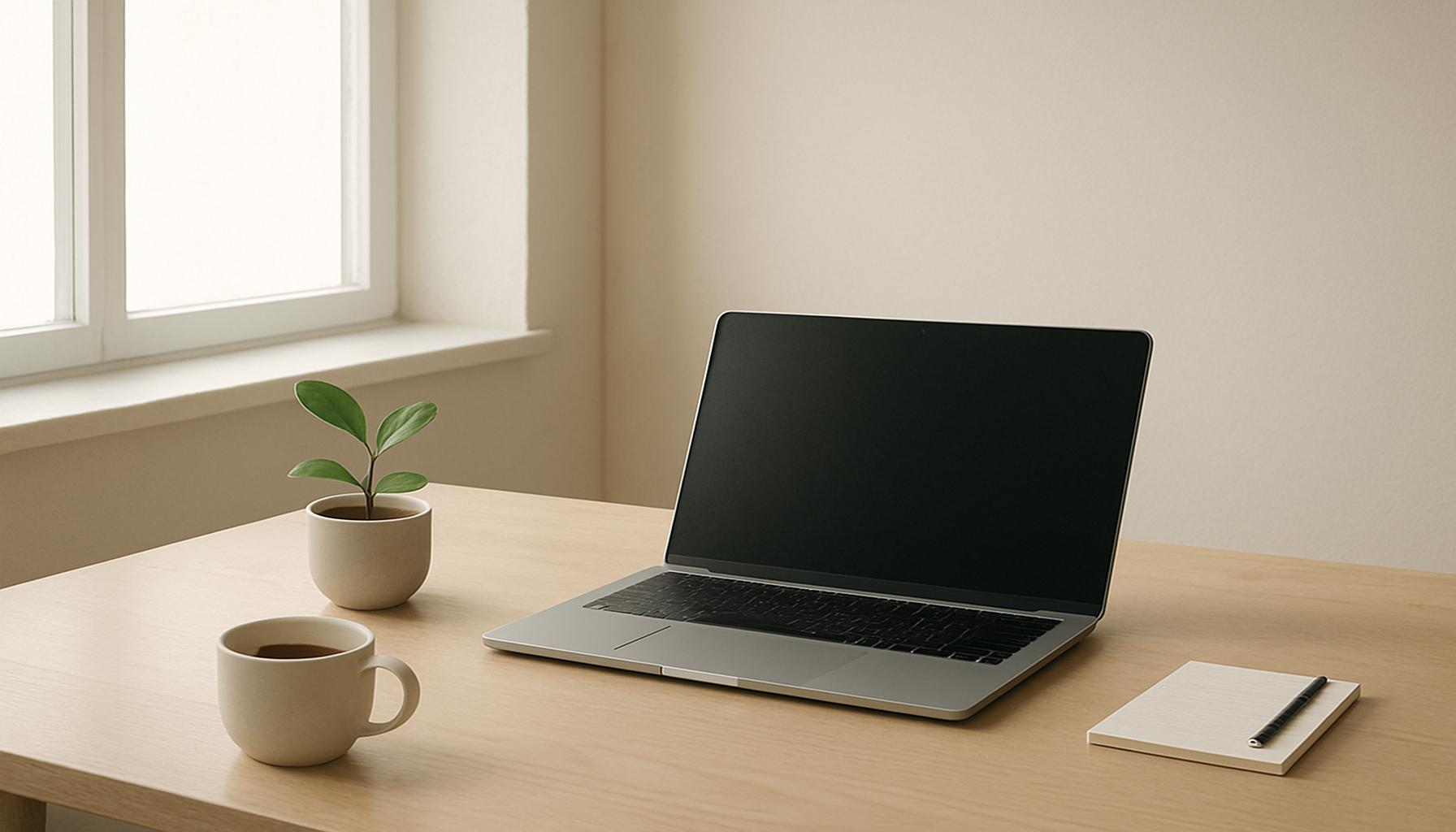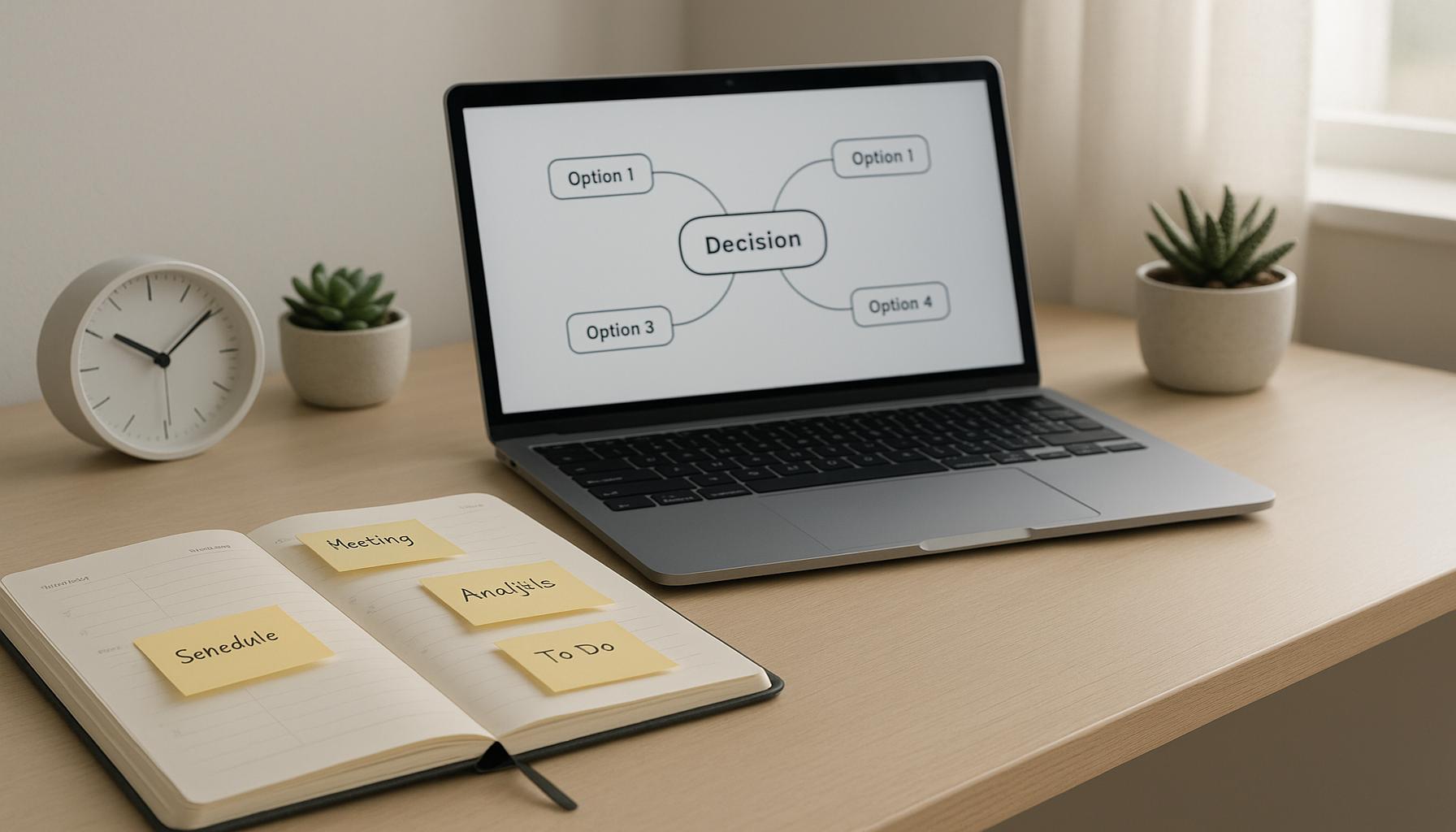The Impact of Minimalism on Stress Reduction and Increased Efficiency in Projects
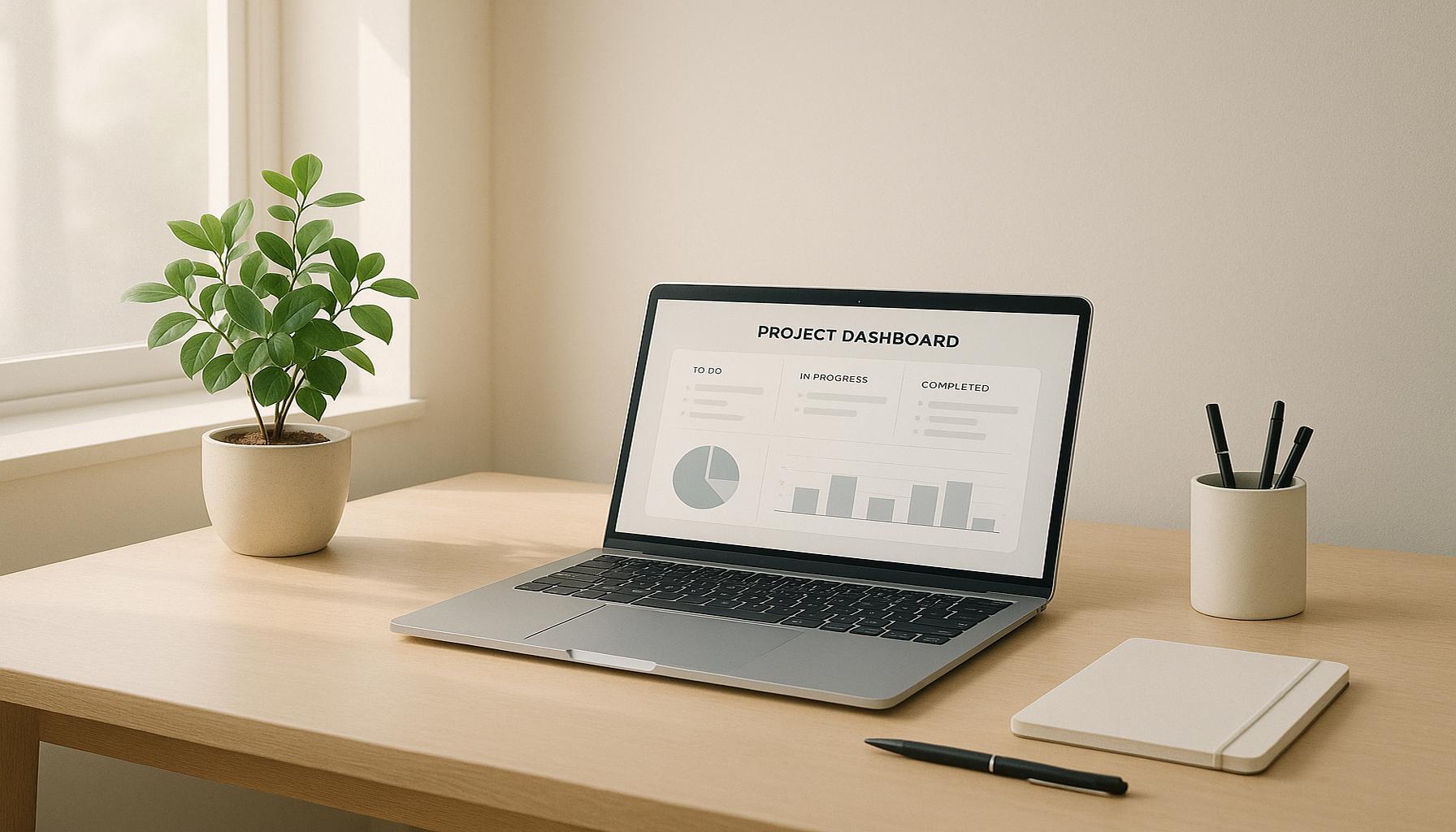
The Transformative Power of Minimalism
In today’s fast-paced world, stress management has become a vital concern for individuals and teams alike. As multifaceted projects become increasingly complex, the philosophy of minimalism emerges as a beacon of simplicity and clarity. It invites people to evaluate their environments and workflows, actively seeking ways to decrease distractions and heighten focus. The simplicity of minimalism isn’t merely an aesthetic choice; it’s a powerful framework for productivity and mental well-being.
Minimalism can significantly influence productivity through various approaches:
- Decluttering physical workspaces: A clean desk promotes clear thinking. Studies have shown that a cluttered environment can lead to increased stress levels and hinder concentration. For instance, tech giant Google has embraced open office designs with minimal decor, allowing employees to focus better on their tasks without the distractions of a chaotic workspace.
- Streamlining processes: Reducing unnecessary steps leads to faster project completion. In many industries, such as software development, adopting Agile methodologies has been likened to minimalism. By prioritizing essential tasks and eliminating superfluous meetings, teams can foster a more efficient workflow.
- Focusing on priorities: Distinguishing essential tasks from trivial ones helps in achieving objectives. The Eisenhower Matrix, popularized by President Dwight D. Eisenhower, allows individuals to categorize tasks based on urgency and importance. This prioritization is a key minimalism principle that leads to effective time management.
Research indicates that a minimalist approach may also lower stress levels. By minimizing physical and mental clutter, individuals can experience a greater sense of control, leading to enhanced well-being. According to a study published in the Journal of Environmental Psychology, participants in orderly environments reported higher levels of focus and decreased anxiety. This connection between simplicity and peace fosters an environment conducive to creativity and innovation.
As you delve deeper into how minimalism can reshape not only your projects but also your overall mindset, you’ll uncover strategies that can transform both personal and professional landscapes. For example, adopting digital minimalism—streamlining one’s digital life by reducing excessive notifications and limiting screen time—can create a more peaceful and focused life. Strategies like these encourage individuals to disconnect from digital distractions, paving the way for deeper thoughts and enhanced productivity.
Join us on this exploration of how adopting minimalist principles can forge a path toward reduced stress and improved efficiency. As you consider implementing these strategies in your life, you may well discover a new, revitalized approach to achieving both your personal and professional goals. The journey toward minimalism is not just about having less; it’s about making room for more of what truly matters.
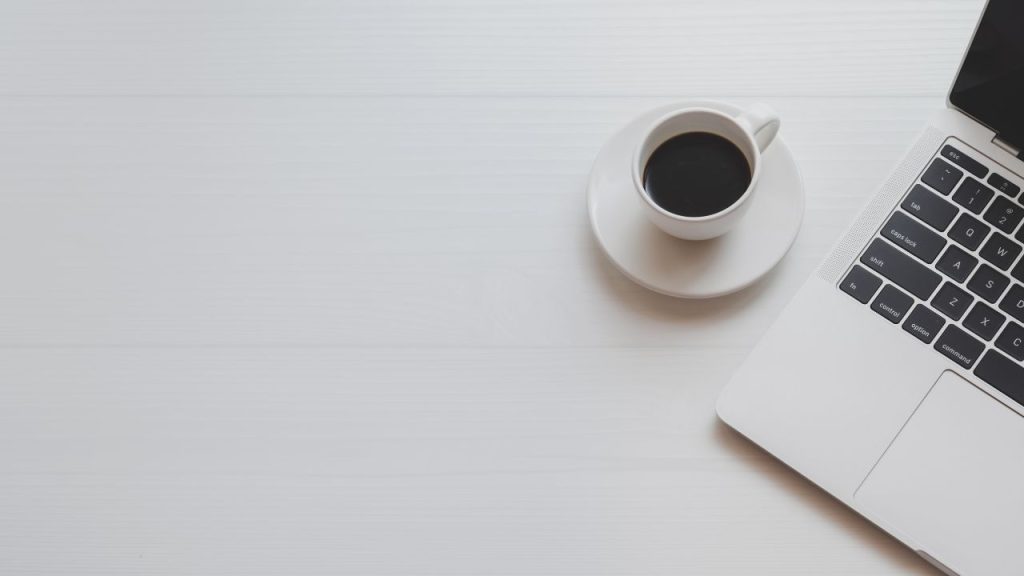
DIVE DEEPER: Click here to discover how minimalism can enhance your life
Enhancing Clarity and Focus Through Minimalism
The integration of minimalism into project management and personal productivity is more than a passing trend; it is a method rooted in face-value principles that can yield profound benefits. As the demands of daily life escalate, clarity and focus emerge as paramount prerequisites for not only surviving but thriving in our professional and personal endeavors. By embracing minimalism, individuals can reshape their approach towards achieving goals while alleviating stress.
One of the most tangible areas minimalism affects is the physical workspace. A minimalist work environment can transform the way individuals interact with their tasks. Research highlights that individuals working in uncluttered spaces frequently report feeling less overwhelmed and more productive. For instance, a study conducted by the Institute for Cognitive Neuroscience found that employees surrounded by minimal distractions performed tasks 20% faster than those in cluttered settings. This phenomenon occurs because a clean environment minimizes sensory overload, which is known to hamper cognitive function.
Moreover, the concept of digital minimalism extends beyond physical spaces. In an age marked by endless notifications, emails, and digital distractions, adopting a minimalist approach to technology can drastically improve mental well-being. A report from the Pew Research Center reveals that 47% of Americans feel overwhelmed by the number of emails they receive. By reducing these digital interruptions, individuals can reclaim their time and focus, allowing for deeper engagement with priority tasks.
Minimalism also encourages teams to concentrate on core objectives rather than getting lost in the minutiae. This principle is evident in the Lean methodology, which aims to maximize value by minimizing waste. By stripping away non-essential tasks and focusing efforts on what truly drives project success, teams can operate with enhanced efficiency. Essential practices of Lean include:
- Identifying value: Understanding what adds true value to the customer and work process.
- Mapping workflows: Visualizing and streamlining processes to eliminate dead ends and unnecessary handoffs.
- Fostering continuous improvement: Encouraging team members to consistently seek better ways of working.
Adopting these Lean principles aligns closely with minimalism’s philosophy of prioritization. It not only brings clarity to project processes but also creates a streamlined path to success, paving the way for increased efficiency while minimizing stressors that can derail progress.
As we continue to explore the correlation between minimalism and improved project outcomes, it becomes clear that embracing simplicity can be a catalytic force in managing stress and fostering higher productivity. The idea is not merely about doing less; it’s about doing what truly matters and doing it well. This fundamental shift in mindset can lead to not only achieving goals more efficiently but also to a more balanced and less stressful professional life.
| Category | Description |
|---|---|
| Simplified Workflow | Minimalism encourages the removal of unnecessary steps, streamlining the process. |
| Decreased Anxiety | By reducing clutter, both physical and mental, individuals can concentrate more effectively on their tasks. |
| Enhanced Focus | Minimalism fosters an environment free from distractions, leading to better decision-making. |
| Improved Productivity | A minimalist approach helps prioritize essential tasks, resulting in more effective project completion. |
DISCOVER MORE: Click here for expert tips
Streamlining Decision-Making with Minimalism
One of the less discussed yet critical aspects of minimalism’s impact on project efficiency is its influence on decision-making. In any organizational context, decision fatigue can be a significant barrier to productivity. With an overwhelming number of choices, people can become paralyzed, creating unnecessary delays in project timelines. Minimalism advocates for simplification, enabling clearer and more effective decision-making processes. The Pareto Principle, or the 80/20 rule, suggests that 80% of outcomes arise from 20% of causes. By identifying key priorities, teams can funnel their energy into decisions that yield the most significant advantages, thereby minimizing stress and expediting progress.
Furthermore, employing a minimalist framework in meetings can be transformative. Traditional meetings often suffer from a profusion of agenda items, frequently leading to unproductive discussions that waste valuable time. Adopting a minimalist approach calls for limited agendas focused on a few critical points. Research published in the Journal of Business Communication indicates that meetings with a clear and concise focus yield 25% greater participant satisfaction. This satisfaction often translates into reduced stress and increased enthusiasm for projects, as teams feel empowered to contribute effectively in a streamlined environment.
Beyond the structural aspects of meetings, minimalism also encourages the practice of mindful communication. In a world saturated with emails and messaging apps, effective communication can become muddled. A minimalist approach to communication emphasizes clarity and directness, urging individuals to distill their messages down to essentials. A study from the University of Pennsylvania found that concise communicators experienced a 30% improvement in response rates compared to those who provided more verbose messages. This practice not only enhances collaboration but also fosters a sense of belonging and removes the stress associated with miscommunication.
The Emotional Benefits of Minimalism in Projects
While the operational advantages of minimalism are frequently acknowledged, one must also consider its emotional benefits, especially in mitigating stress. This approach encourages individuals to prioritize wellbeing alongside productivity. The act of decluttering not only applies to physical and digital spaces but also extends to emotional landscapes. By allowing individuals to shed unnecessary commitments and distractions—a core tenet of minimalism—project professionals can cultivate an environment that promotes mental health.
For example, leading organizations have integrated wellness activities into their project lives. These activities often embrace minimalism by focusing on short, effective sessions like brief mindfulness breaks or power naps. Studies from the American Psychological Association illustrate that such practices reduce stress and increase cognitive clarity. Employees who engage in mindful techniques report a 20% decrease in perceived stress levels, cultivating an atmosphere where projects can progress without the pressure of overwhelm.
Moreover, minimalism fosters a culture of transparency and trust. Openly discussing workloads and emotional capacities helps teams align their efforts better, ensuring no one feels exhausted or overwhelmed. As stressors are mitigated, individuals can concentrate more effectively on project goals and objectives, leading to more agile responses and enhanced overall performance. This holistic approach not only transforms how we engage with projects but creates a ripple effect, nurturing a workplace that values quality over quantity, ultimately steering everyone towards success.
DISCOVER MORE: Click here to find out how to create a harmonious minimalist
Conclusion: Embracing Minimalism for Project Success
The adoption of minimalism as a guiding principle in project management is not just a trend; it represents a fundamental shift towards greater efficiency and reduced stress. By prioritizing clarity and simplicity, teams can navigate the complexity of modern projects with considerably less strain. The systematic decluttering of tasks, communication, and decision-making helps to alleviate decision fatigue, allowing team members to focus on what truly matters. As highlighted, the Pareto Principle becomes an invaluable tool, enabling teams to channel their resources into high-impact areas, ultimately enhancing productivity.
Furthermore, minimalism’s influence extends beyond operational efficiencies to emotional wellbeing. Creating a workspace rooted in simplicity fosters a sense of trust and transparency, where team members feel empowered to voice their concerns and workload capacities. Mindfulness initiatives and a focus on wellness not only promote mental health but also catalyze a more productive environment, where individuals report significant reductions in perceived stress levels.
In a world fraught with distractions and information overload, minimalism stands out as a beacon for those seeking balance between productivity and wellbeing. As project managers and teams embrace minimalist principles, they unlock the potential for transformative outcomes—fostering not just project success but also a culture that values quality over quantity. Armed with this knowledge, forward-thinking organizations are positioned to navigate challenges with agility and grace, ensuring sustainable success in their projects. By championing minimalism, we discover a path that not only minimizes stress but enhances efficiency, leading to a brighter future for work environments everywhere.
